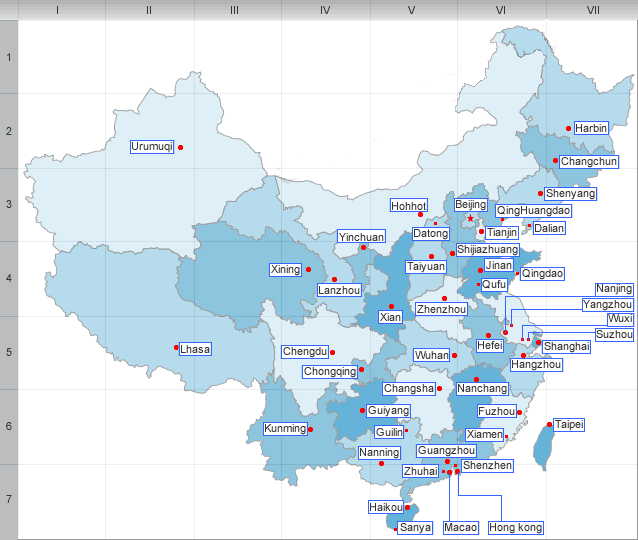History of Chongqing
History
Chongqing is said to be the semi-mythical State of Ba that the Ba people supposedly established during the eleventh century BC. By 316 BC, however, it had been overrun by the State of Qin. The Qin emperor ordered a new city to be constructed, which was called Jiang and Chu Prefecture.
Chongqing was subsequently renamed in 581 AD (Sui Dynasty) and 1102, to Yu Prefecture and then Gong Prefecture. It received its current name in 1189, after Prince Zhao Dun of the Southern Song Dynasty described his crowning as king and then Emperor Guangzong as a "double/repeated happy celebration". Hence, Yu Prefecture became Chongqing subprefecture to mark the occasion. In 1362, (Yuan Dynasty), Ming Yuzhen, a peasant rebel leader, established the Daxia Kingdom at Chongqing for a short time.
In 1621, another short-lived kingdom of Daliang was established there.
In 1891, Chongqing became the first inland commerce port open to foreigners.
From 1929, Chongqing became a municipality of the Republic of China. During the Second Chinese-Japanese War (1937-1945), it was Chiang Kai-shek’s provisional capital and was heavily bombed by the Japanese Air Force. It holds the distinction of being the most bombed city in history. Many factories and universities were moved from eastern China to Chongqing during the war, transforming it from inland port to a heavy-industrial city.
In 1954, the municipality was reduced to a provincial city within the Sichuan Province of the People’s Republic of China.
On 14 March 1997, the Eighth National People’s Congress decided to merge the city with the neighbouring Fuling, Wanxian, and Qianjiang prefecture-level districts that it had governed on behalf of the province since September 1996. The municipality became the spearhead of China’s effort to develop its western regions and coordinate the resettlement of refugees from the Three Gorges Dam project. Its first official ceremony took place on 18 June 1997.
| PREV:Geography and climate of Chongqing | Next:Economy of Chongqing |



